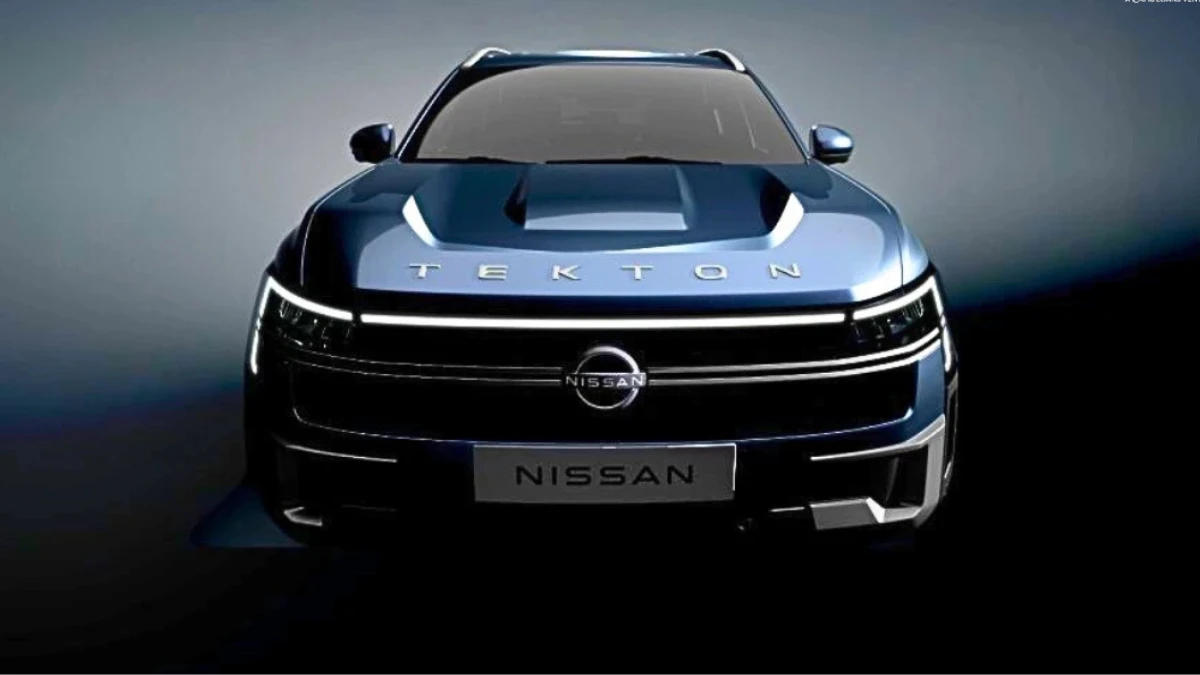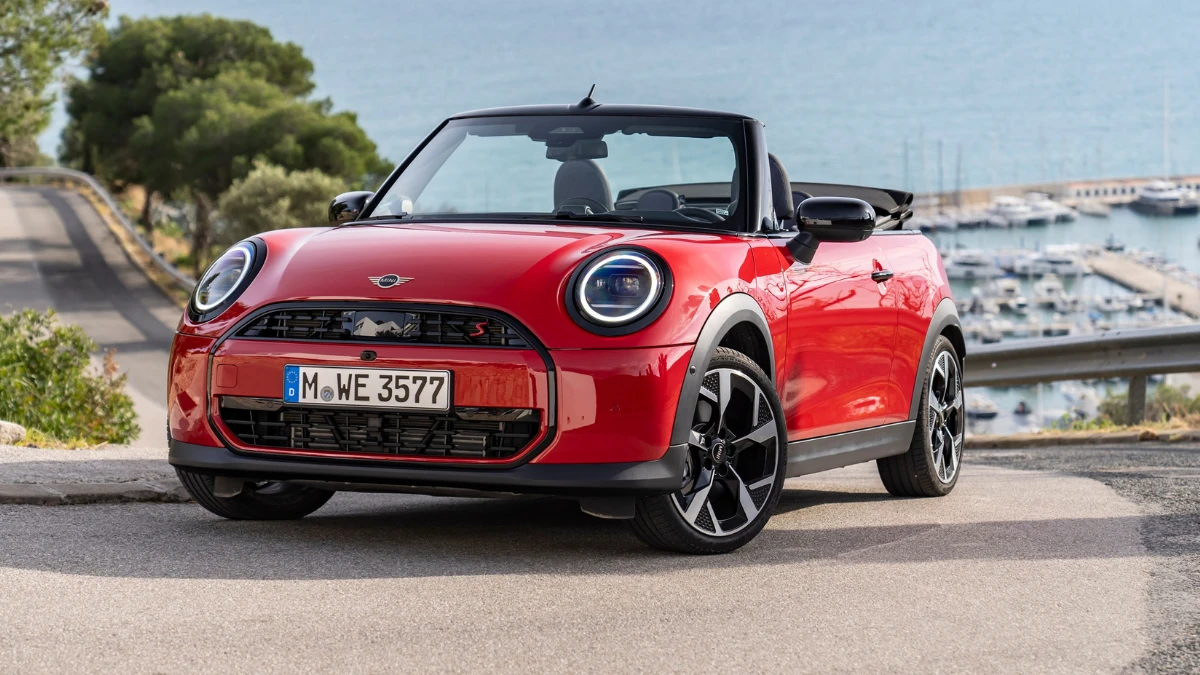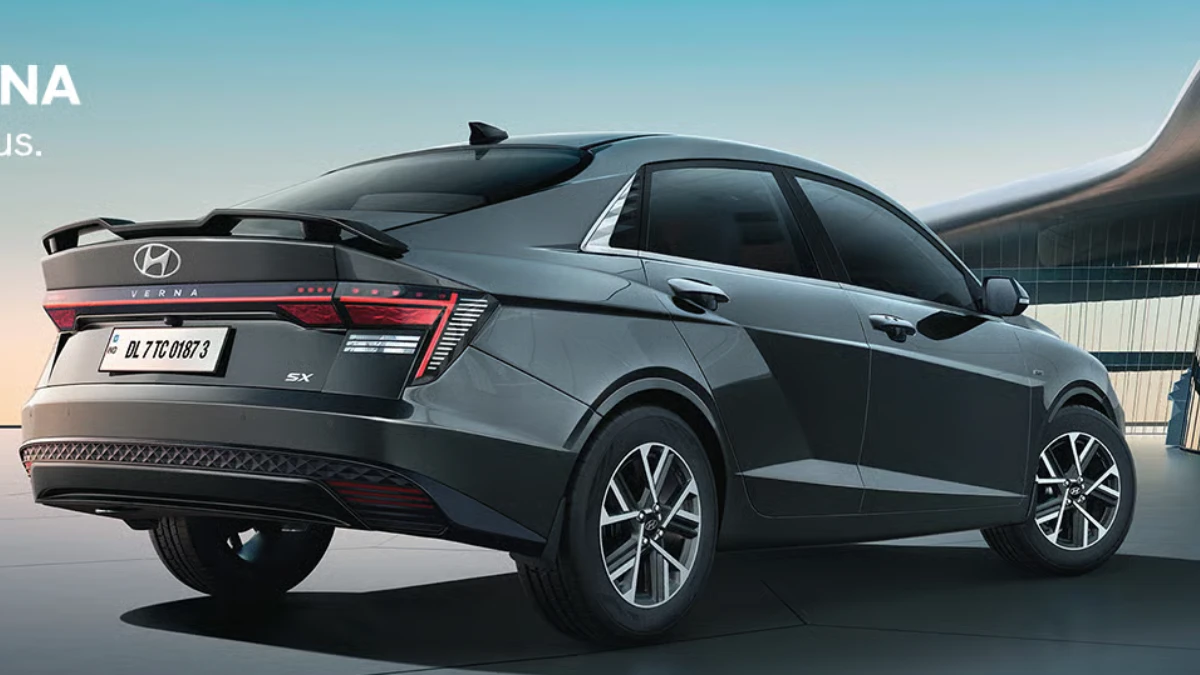
|
Pros |
Cons |
|
Peppy engine |
Hard plastics in the cabin |
|
Full marks for exterior styling |
Sunroof absent |
|
205mm ground clearance is helpful |
No rear middle seat headrest |
|
Headroom is plenty |
360-degree camera missing |
When navigating the automotive market with a budget of Rs 10 lakh, the decision between opting for a hatchback or a pseudo SUV often becomes a significant one. In this context, the Renault Kiger emerges as an intriguing option that offers a blend of both worlds. In this review, I’ll delve into how the SUV measures up as both a practical first car and a worthy competitor in its segment.
Design and Aesthetics
Kiger’s design is one of its most compelling aspects. The SUV’s front profile is characterised by a bold, aggressive stance, complemented by sharp LED DRLs and a sporty triple LED headlight setup. The 16-inch alloy wheels, with their striking red callipers, add to the vehicle’s sporty appearance. The chrome accents are tastefully applied, avoiding an overly flashy look and contributing to a more sophisticated aesthetic.

The rear design of the Kiger is equally impressive, with a well-integrated rear camera housed cleverly within the Renault logo. Although the vehicle does not feature a connected LED tail-light bar, the overall rear design remains appealing.
Interior Comfort and Practicality
Stepping inside the Renault Kiger reveals a cabin that strikes a balance between functionality and style. The elevated driving position, courtesy of the 205mm ground clearance, provides excellent bonnet visibility and a commanding view of the road ahead. This is particularly advantageous in congested traffic situations, where being able to see over other vehicles can make manoeuvring easier.

The interior design incorporates an 8-inch infotainment screen that supports wireless Android Auto and Apple CarPlay. This system is user-friendly and responsive, contributing to a seamless connectivity experience. The infotainment unit is complemented by an attractive aircraft-inspired theme for the HVAC controls, which adds a modern touch to the cabin.
However, the quality of plastics used throughout the interior leaves much to be desired. The hard, cheap-feeling plastics are evident, impacting the overall feel. Despite this, its practicality is notable, with loads of storage compartments, including a large 405-litre boot that can comfortably accommodate multiple medium size suitcases.

Rear seat comfort is another area where the Kiger performs well. They offer good under-thigh support and offer ample legroom for passengers. However, the middle seat lacks a headrest, and the shoulder room is somewhat limited, making it less ideal for carrying three passengers comfortably. Then, the absence of Type A or Type C USB ports is another downside, necessitating the use of adapters for juicing up electronic devices.
Safety and Features
In terms of safety, the Renault Kiger is equipped with essential features such as quad airbags, ABS with EBD and rear parking sensors. While it lacks more advanced safety aids like a 360-degree camera or front parking sensors, it still offers a solid safety package for its price range.
Performance and Driving Dynamics
The Renault Kiger is powered by a 1.0-litre, 3-cylinder turbo petrol engine that produces an impressive power output of 99bhp and 160 Nm of peak torque. The engine setup provides a lively performance that should satisfy most driving enthusiasts. The Kiger’s acceleration is responsive, making it a fun car to drive around city streets and on open highways. Even the fuel efficiency under heavy acceleration dropped only to 13kmpl, which according to turbo-petrol standards is decent. However, the driving experience is somewhat marred by a few issues.

The clutch on the four-wheeler is notably heavy, which can become tiring during prolonged city commutes. Its gearbox also feels somewhat notchy, which might impact the smoothness of gear changes. The steering wheel, while chunky and providing a firm grip, lacks the feedback that many drivers crave, making it feel somewhat disconnected from the road.
One of the vehicle’s standout features is its Drive Mode selector, which offers three distinct driving modes: Eco, Normal and Sport. The ability to switch between these modes on the fly is a significant advantage, allowing the user to tailor the driving experience to their preferences without needing to stop the vehicle. The car's 7-inch Multi-Information Display (MID) showcases engaging animations corresponding to each drive mode, adding a touch of sophistication and enhancing the overall drive experience.
Verdict
The Renault Kiger presents a unique proposition in the compact SUV segment. Its striking design, versatile performance, and practical features make it a strong contender for buyers seeking a new vehicle that offers both hatchback agility and SUV robustness. However, it does come with its share of drawbacks, including a heavy clutch, notchy gearbox, absence of premium interior materials and advanced safety features.
At an (ex-showroom) price of Rs 10 lakh for the RXZ Turbo variant, the sub-compact SUV is competitively priced against rivals like the Maruti Suzuki Fronx and Hyundai Venue. Ultimately, the decision to choose the Kiger will depend on individual preferences and priorities. If you value a distinctive design, engaging driving experience and practical features, the Renault Kiger is certainly worth considering. However, if you require additional refinement or advanced features, it may be worth exploring the alternatives in this price bracket.
About Author
Uday Singh is a dynamic automotive journalist known for his concise yet comprehensive writing style and profound understanding of the industry. His passion for motoring has led him to quickly become a respected voice in automotive circles, offering insightful reviews and analyses that resonate with enthusiasts and industry insiders.
Top Car Brands in India
Top Car Brands in India
Trending Car News in India
Trending Cars in India
Trusted Dealer
All Over India
Irresistible Offers
Stay Updated, Pay Less
Compare Cars
Choose the Right Car
Easy Finance
Multiple Finance Options

Monday - Saturday
10:00am - 6:30pm
+91 7947722777, +91 7479000444, +91 9311718549
contact@carlelo.com






















































